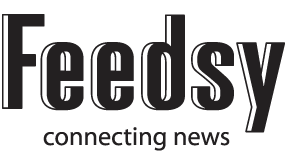A robotics hub that could create technology to help flying taxis, autonomous cars, moon rovers and ships navigate in tricky environments has opened in Sydney.
Federal Industry and Science Minister Ed Husic cut the ribbon on the robotics manufacturing facility in Botany on Tuesday on behalf of Advanced Navigation.
The firm, which has worked with NASA, will use the factory to produce technology including fibre-optic gyroscopes and to collaborate on research into new products with the University of Technology Sydney.
Advanced Navigation co-founder Chris Shaw said the partnership between the organisations would boost Australia’s science industry and create more autonomous technology.
“We are commercialising technologies that are key to addressing some of humanity’s biggest challenges,” Mr Shaw said.
The partnership between the company and UTS will include research into light detection, altimetry and velocimetry systems that provide speed and altitude information for moon landings, and remote control systems for unmanned vehicles across land, sea and air.
The technology could be used to help flying taxis, self-driving cars and marine vessels navigate when they cannot access traditional GPS signals.
University of Technology Sydney president Andrew Parfitt said collaboration at the facility could lead to advances in “critical growth areas including AI, robotics and space technologies”.
“We look forward to deepening and expanding our collective capabilities with Advanced Navigation,” Professor Parfitt said.
Additional research at the facility will include indoor navigation technology to help visually impaired commuters in underground railway stations, in a project funded by the NSW Small Business Innovation and Research program.
Three months ago Advanced Navigation revealed it had claimed a $5.2 million grant from the Australian Space Agency to support NASA’s plans to return to the moon.
The grant will speed up production of the company’s LiDAV technology that could be used to improve the safety and reliability of moon landings and navigation.
Jennifer Dudley-Nicholson
(Australian Associated Press)






